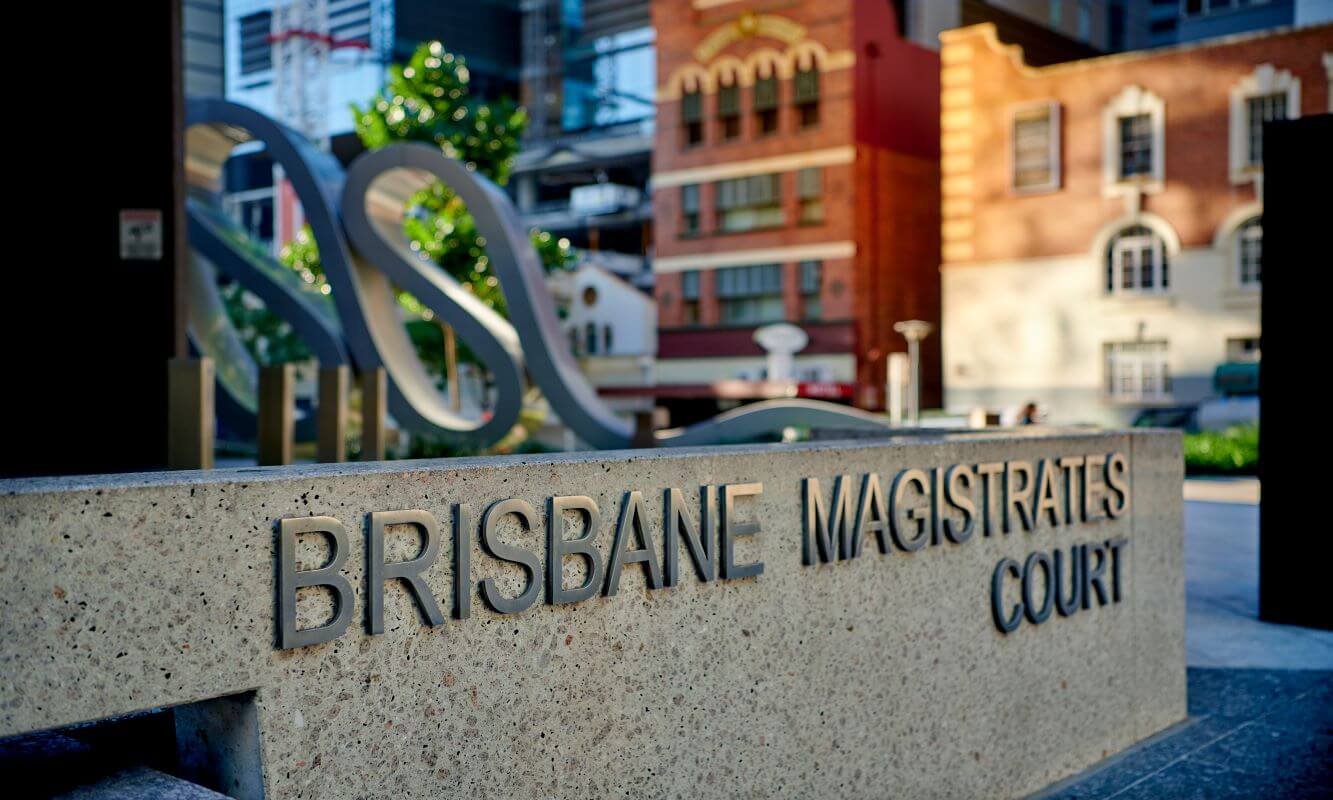This article, by Damien Atkinson, first appeared in the July 2019 edition of Proctor.
Happy children don’t do crime. They aren’t out late, rolling people for their Nikes or defacing the wall at the local train station.
That’s because they’ve been busy with sport, music, homework, dating or social media.
Those happy kids reckon they’re blessed and they’re right—but for the wrong reasons. They reckon they’re privileged because their mums and dads buy them stuff. In fact, they’re lucky because they have parents who are constantly nurturing their strengths, blunting their weaknesses, and giving them a stable platform for learning. They have families who walk with them.
The young people who reach the youth justice system hardly ever come from those backgrounds. We see over 500 clients each year at the Youth Advocacy Centre and we calculate that about 70% have been affected by one or more of a cluster of factors: mental illness, homelessness, domestic violence, learning disorders or substance abuse1. They are not being offered an easy place to do homework or a yard to play sport. They have had disadvantage piled upon disadvantage so that, for instance, they’ve dropped out of dysfunctional homes and challenging school experiences, and now they don’t have the support or the literacy to see a doctor, buy clothes or look for a job. They lack social networks but, more than that, they may lack the machinery to make their way in relationships with family, let alone with strangers.
All of this, of course, leads to the gloriously obvious conclusion that, if we are relying on our criminal justice system to address youth crime, we’re crazy. The underlying premise of that system is that we create penalties so that the cost of committing anti-social behaviour is greater than holding back. But the kids who hit the youth justice system were, for the most part, badly damaged way before they came to make choices, and the drivers are usually still in place. The knot of unhappiness, confusion and powerlessness that presents as offending is not going to be unravelled by the binary levers of a penal system. If all we do as grown-ups is to tell these children that some things are forbidden—and we never give them the equipment to find a healthy path—that is a lame exercise in merely delaying harm for tiny periods. Worse, we have squandered the opportunity to spare ourselves all the loss that damaged youth can bring later in life to themselves and to others.
In my view, it comes to this: the best improvement you can make to the youth justice system is to make sure we rarely use it. Happily, the current government has developed policies that are entirely consistent with the views set out above. The Minister for Child Safety, Women and Youth, Di Farmer, engaged the former Commissioner of Police, Bob Atkinson AO, to head a team that would assess the state of youth justice and the report was published in June 2018. There were four underlying ‘pillars’ in the recommendations, namely:
- early intervention (that starts with ensuring that children are born healthy)
- deflecting kids from courts
- deflecting kids from custody
- assessing policy by whether or not it reduces re-offending.
Beneath that high-level response, there were specific recommendations. They included focusing on towns or postcodes with high level offending and looking at ‘place-based’ approaches; looking to schools as a means of identifying children in need of support; establishing alternative facilities to address offending behaviour where children have problems related to disability, substance abuse or mental illness; working across agencies to share information; supporting transition back to normal life after custody; and setting high targets for reducing the number of children entering detention for the first time. There are many more recommendations, but one can see the theme: if the need occurs in isolated pockets, identify it early and support families and children, rather than keeping with a reactive approach.
I have walked through the Brisbane watch house and seen the children, and it is a harrowing experience. The place is a cramped high-security stopgap for dangerous prisoners, and it was certainly not built for children. There is no natural light. There is no exercise yard (just a little tiled courtyard that’s at most 8 metres x 8 metres). There is no privacy because there are 160 cameras through that place. Police officers will tell you that the nights on the weekends are the worst. It’s a dark, scary place with adult prisoners wailing and bleeding or yelling obscenities, and I can only imagine what they are whispering to the children in nearby cells. It is the department that has made the decision to put these children in the watch house but it is the police that are left to make it happen. The department has attempted to improve the conditions at the watch houses but, frankly, they are polishing something that will never come up shiny. So the children stay. Decompensating. Bored. Powerless. Isolated from their parents. Surrounded by adult prisoners.
The department has been asked to provide a plan, or at least a deadline, for removing the children, but neither has been forthcoming. I suspect that it is resigned to allowing the problem to continue until at least late 2020, when the new facilities may be built. But that’s outrageous. Even if there are only 50 kids in the watch house each week until that time, that’s roughly 3000 Queensland children who will have been harmed, perhaps irreparably, and pressed down a path of miserable, criminal behaviour when they could have been diverted to much happier pursuits.
That is a very long way from a gold-star performance.
Damien Atkinson, OAM, QC is a barrister and Queensland’s Youth Advocacy Centre Chair.








Share this article